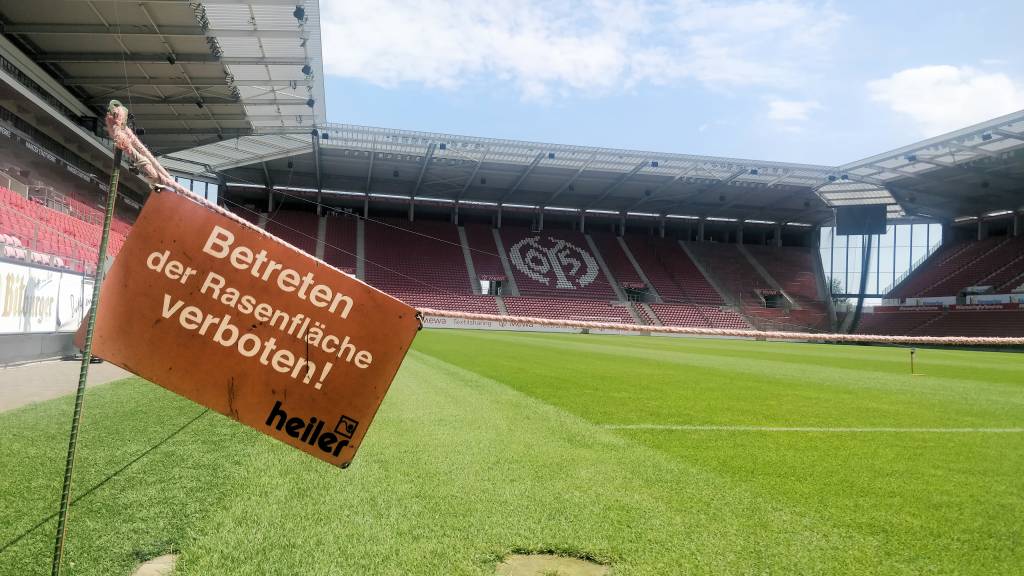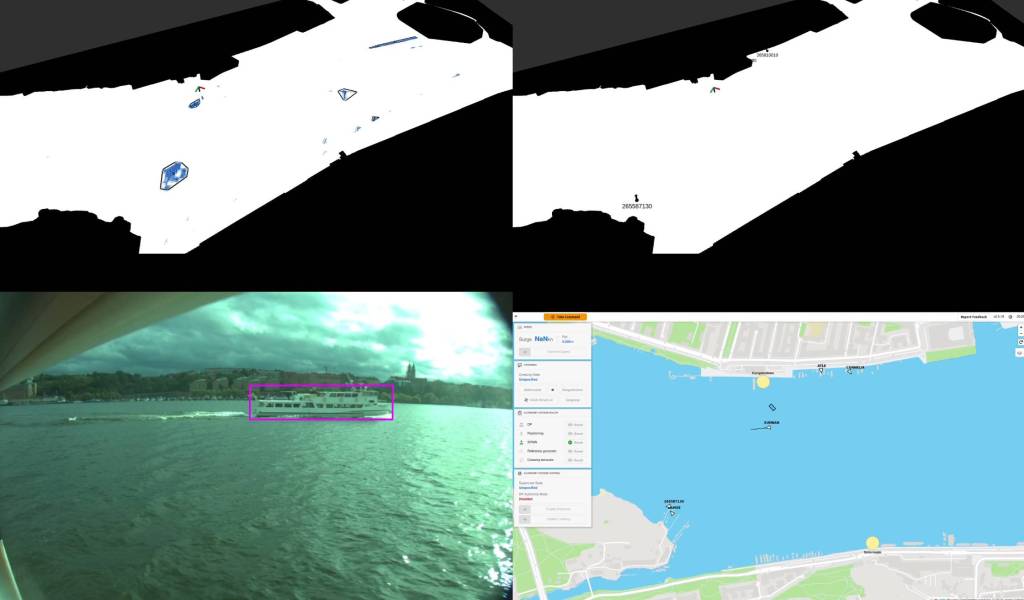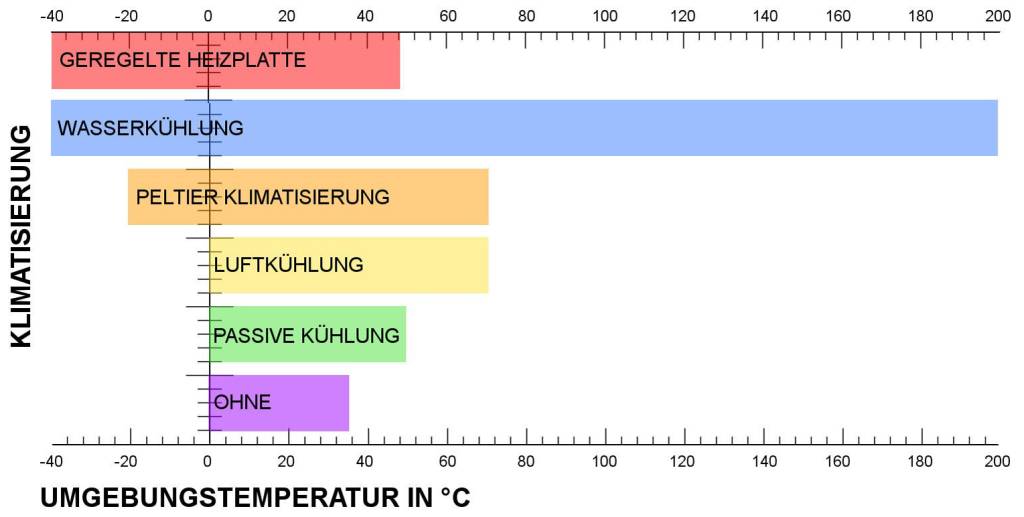Four companies and associations selected which 20 startups
will be presented in this issue of inVISION.
Rubrik: Kameras & Komponenten
Digitalising Vision
Medabsy creates a digital twin of a vision system. With this twin, users can generate photo-realistic images that they can use to evaluate their vision system and optimize the vision software before they have the hardware.
Keep off the Pitch!
Agrowings ambitious vision is to revolutionize the agricultural industry by enabling definite aerial detection and identification of pests and diseases in open field crops through cutting-edge multispectral AI analysis.
Identifizierungs-Helfer
Zebra Technologies hat die bisher als Matrox Design Assistant bekannte Bildverarbeitungs-Software Aurora Design Assistant in der neuesten Release 10.0 vorgestellt. Sie enthält u.a. eine Deep Learning-basierte Objekterkennung sowie weitere Tools und wird in Deutschland und Österreich von der Rauscher Bildverarbeitung GmbH vertrieben.
Smooth Sailing
Zeabuz successfully launched the world’s first commercial autonomous ferry in Stockholm in the summer of 2023. Different sensors, including cameras, LiDAR, Radar, and AIS are combined and analyzed through sensor fusion and tracking algorithms, offering precise tracking and motion prediction of objects around the vessel.
Präzision auf Schritt und Tritt
Das Mark.One-Robotersystem von Solid-3D ist eine mobile Plattform, die mit hochpräziser Technologie Aufkleber auf jeder Oberfläche mit einer Genauigkeit von unter einem Millimeter anbringt. Herzstück ist ein ausgeklügeltes Visionssystem, das eine exakte Positionierung der Bodenmarkierungen ermöglicht und bei dem auch die Objektive von Tamron eine wichtige Rolle spielen.
The heat is on
Hersteller von Industriekameras geben meist einen ‚zulässigen Betriebsbereich (Temperaturbereich)‘ von 0 bis 50°C an. Dies ist nicht, wie viele annehmen, die Umgebungstemperatur, sondern die Temperatur der Kamera, meist gemessen am C-Mount-Gewindeflansch. Nur durch die Umgebungsluft gekühlt erhitzen sich die meisten Kameras aber auf 30°K über Umgebungstemperatur und erreichen so ihr thermisches Limit oft bereits bei normalen Raumtemperaturen. AutoVimation widmet sich Klimatisierungsmaßnahmen bereits seit mehr als 15 Jahren.
Optimizing Integration
Selecting the right camera for industrial applications has become more straightforward in today’s market, yet the true challenge often emerges post-purchase. Beyond merely choosing an industrial camera, the critical considerations involve what follows: integration & setup. Emergent Vision’s eCapturePro software, augmented with many plugins, alongside the new FlexProc and FlexTrans technologies, simplifies and enhances the integration and deployment of machine vision systems.
Beste Bohnen
Die Highspeed-Inspektionssysteme von Xeltron vertrauen auf die Grablink Duo Camera Link-Framegrabber von Euresys für ihre hohe Genauigkeit und ihren Durchsatz.
SPE für Vision
Um Vision-Systeme effizienter und wirtschaftlicher zu integrieren, hat Murrelektronik dezentrale Installationslösungen zur Anbindung von Kamerasystemen entwickelt. Welche Rolle zukünftig Single Pair Ethernet (SPE) dabei spielt, erklärt Simon Knapp, Solution Manager Machine Vision, bei Murrelektronik.










